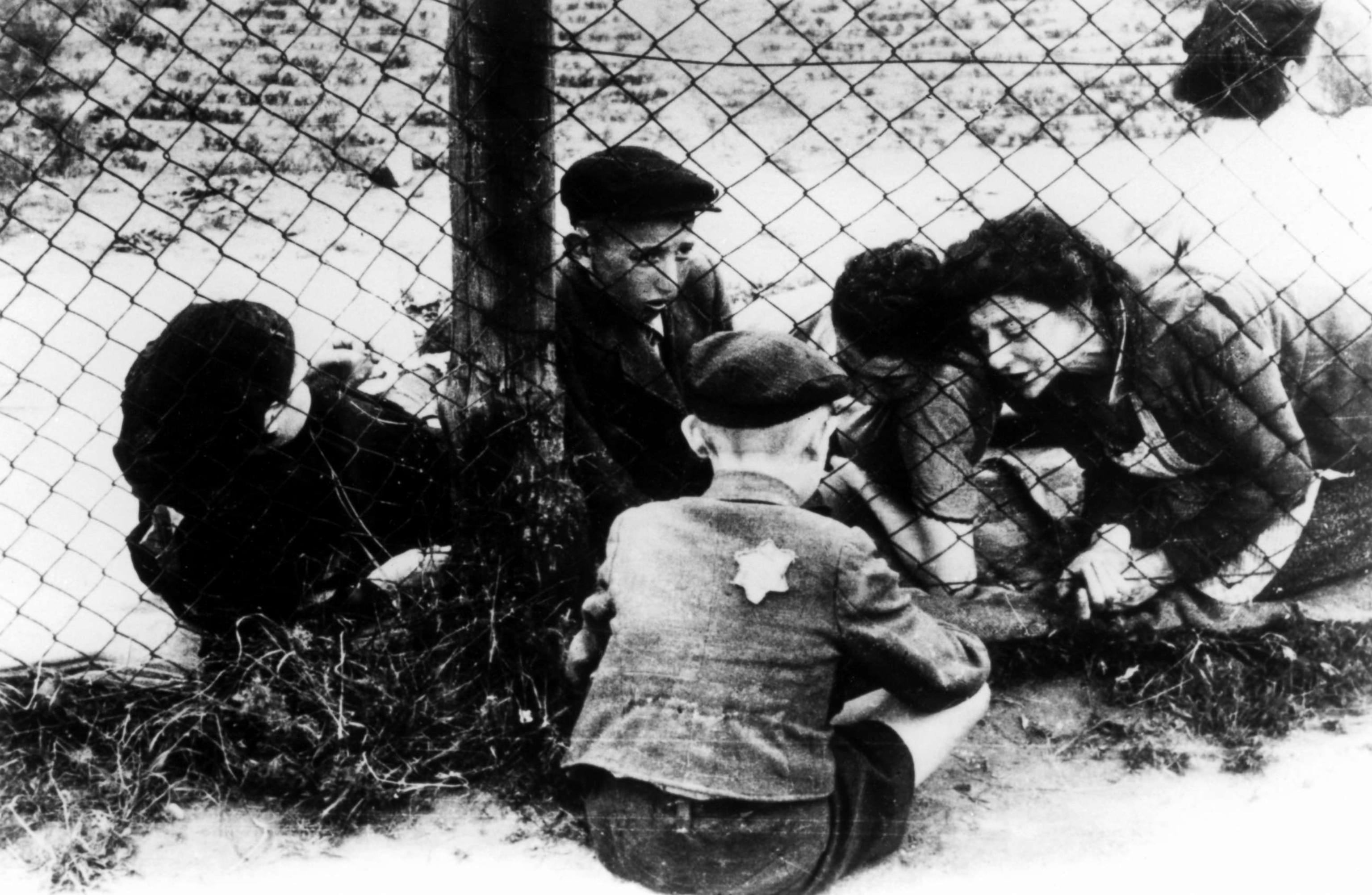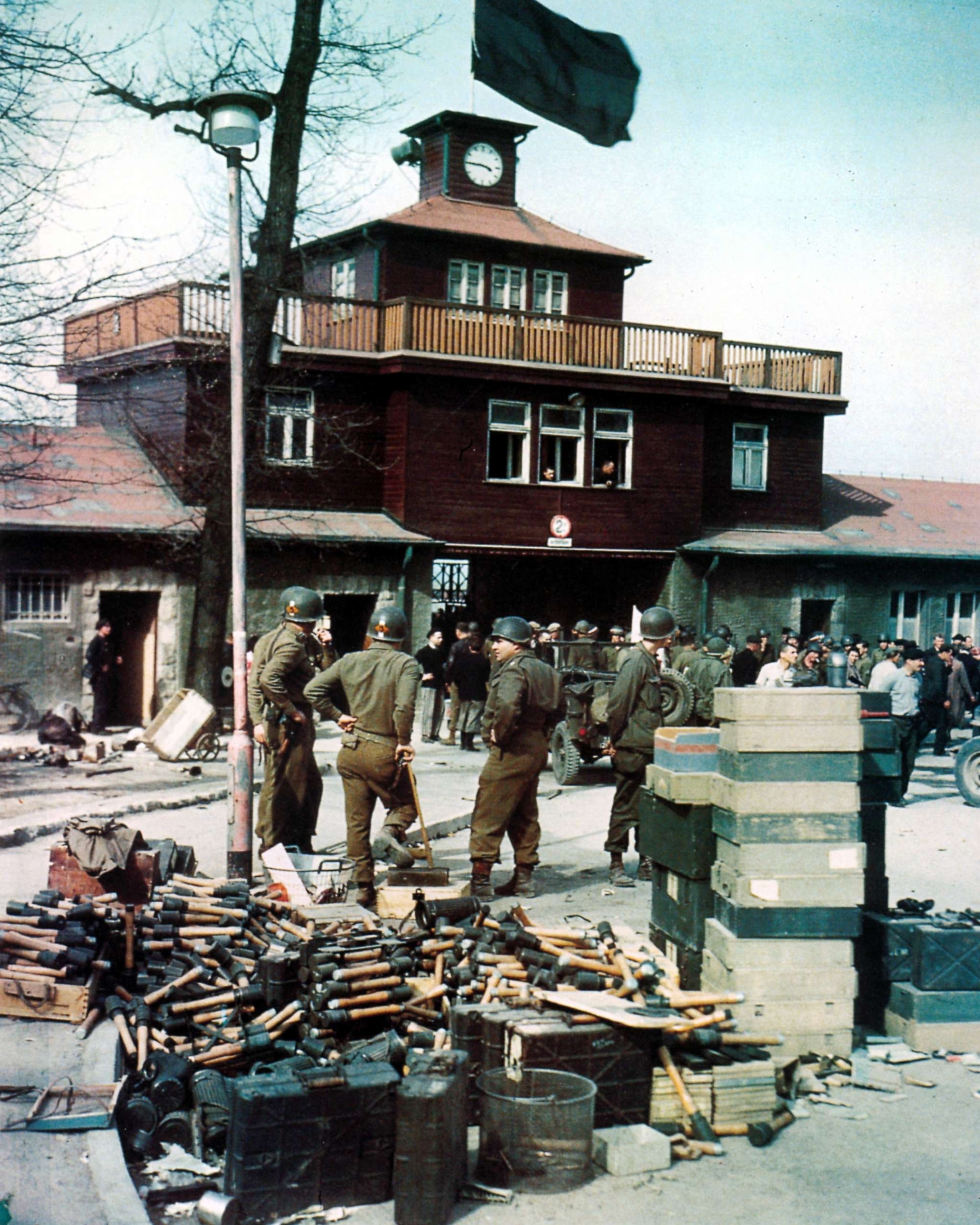Ken Burns speaks about his latest project, 'The US and the Holocaust'
Part one of the series premieres Sunday on PBS.
During the Second World War, the U.S accepted between 180 and 220 thousand refugees from Europe, the largest amount of any sovereign nation.
But what did the country fail to do in response to the largest humanitarian disaster in human history, during which 6 million Jewish people were murdered?
Producers Ken Burns and Sarah Botstein spoke with ABC News about their most recent project, "The U.S. and the Holocaust," which looks at how antisemitism, nativism and xenophobia played out in the United States during the Holocaust. The first part of the series premieres Sunday on PBS.
PRIME: Thank you both so much for taking the time to be with us.
BURNS: Thank you, Phil, for having us.
PRIME: Absolutely. Ken, I'm gonna start with you. Some Americans might be surprised to learn about what the U.S. did and didn't do to help victims of the Holocaust. We all like to think that America is a nation of immigrants, and in many ways we are, but why do we see this intense antisemitism in the U.S and why did the government turn its back, at times, when those suffering needed it the most?
BURNS: Well, let's just be very clear that we have nothing to do with the Holocaust itself. There is no complicity in that. We did bring in 225,000 refugees, more than any other sovereign nation, but Phil we could have done five times that much and still just fulfilled the horrifically small quotas. We just didn't do enough when it was important.
The reason why is because much of the animating ideas of Hitler's regime are also held by many Americans. We are a nation of immigrants, we do believe in welcoming people. For a long time we did welcome people, but there was a backlash to that. We'd let in too many Catholics, they said, too many Jews...there was a danger that they would ‘replace us.’ And so you see America in the 1930s, beset by a Depression, but also susceptible to authoritarian and media figures who are blaming everything on the Jews, that the Jews are controlling the Roosevelt administration and the media, and that they shouldn't be duped.

There's a great deal of racism. There's a great deal of xenophobic, nativist, anti-immigrant fever. And so you end up with a kind of toxic brew that makes it incapable for this incredible nation to act in its best interest and in the best interest, most importantly, of those people desperately trying to flee the monstrous regime of the Nazis, who are bent on murdering all the Jews of Europe. And let's just say they did a pretty good job of it. There were 9 million Jews in Europe in 1933. In 1945, two out of three of them had been killed. That's the 6 million number we get. But it's about individual human beings.
Each one of those people you see in these photographs are real human beings whose lives are as important as ours. And at a critical moment we failed to do a good job, mainly because we thought for some reason they might have been responsible for their own mistreatment, or that we couldn't believe the numbers or that we had people in our government who were sabotaging efforts to get Jews here.
We begin our film with the story of Anne Frank's father, who is desperately trying to get his family to the United States. He has everything he needs: friends wherewithal, money, he dots every i and crosses every t, and still he cannot get here. So when we think of the Holocaust, many people remember the story of Anne Frank, we could have gotten her here.
PRIME: You know, I heard a lot of this growing up in a Jewish household myself, but I think it's not widely spread over America as people were growing up. Sarah, America tends to gloss over some of the more problematic parts of its history. Why was it so important for you to tell this story in this way?
BOTSTEIN: Well, I think Deborah Lipstadt, the great historian of this subject, makes the point in the film that we want to learn from our past to do better in our future, and to understand some of the tensions that the film explores about what kind of a country we are. What did we do? When did we do it? How did we think about the plight of the Jews who were being persecuted overseas?
And I think, for us to take this subject that so many people have read about, have seen films about, things they know about. To try to humanize the experience of the 6 million, which is an overwhelming number as Ken was just saying.
To think about American politics, American foreign policy, America's role in the world as these two crises the crisis of the Second World War and the humanitarian crisis facing the Jews were coming to fruition in the late 30s and early 40s. And what is our role? What was our role then? And how to think about ourselves.
PRIME: Ken, in your last answer, you talked about Jews replacing people years ago. I think to Charlottesville, just a few years ago that chant that 'Jews will not replace us.' We all saw that, with the torches. Xenophobia, anti-Semitism, prevalent throughout American history. What parallels do you see between the 30s and 40s and what's going on today?
BURNS: Phil, way too many. In fact, you know, this is a project begun in 2015, in a much more different America. A much more different world now, one beset by a movement towards authoritarianism, divisions within the United States that have eroded confidence in the basic bedrock institutions of justice, and the courts, and elections and peaceful transfers of power.
And so we've accelerated this production to get it out, to be part of the conversation, to say that the echoes of what happened back then are happening right now and we have to be mindful of it. And again, you know, refugees are on our minds all the time. This is the question.
It isn't just immigration, but it's also those people fleeing persecution who are urgently in danger of losing their lives that we have to bring to bear. These people purported, in Charlottesville, to be part of, desirous of a Christian nation. What can be more un-Christian than not trying to take care of our fellow human beings?
Back in the 30s and the 20s, there was a popular pseudoscience called Eugenics, which was attempting to create a hierarchy of the races, right and of course, putting the white Northern Europeans at the top of the list. It was a complete fiction. The only race is the human race. And if we make an other of somebody else, whether it's, you know, the Jews in the 1930s or Venezuelans today, we are making a mistake. It's only us. This is why we're on this planet. It's only us, and there's no them. And if somebody tells you there's a them, move away.

PRIME: Seeing that, as you mentioned, time and time again over the years… Sarah, how much of this surprised you when you set out to make the film?
BOTSTEIN: I actually will say, honestly, a lot of what we discovered surprised me. I think I knew a fair amount about the history of the Holocaust on the one hand, but in really drilling down on what Americans knew, when we knew it, what we did about it and what was happening to the Jews of Europe at the same time.
We were very surprised to learn that even as early as 1933, there were thousands and thousands of newspaper articles and reports of what was happening and that was true all the way through the rise of Hitler, the rise of fascism and what was happening in Germany. So we read a lot about it in the newspapers, we heard a lot about it on the radio. And even though we didn't see a lot of the images until later, we did have evidence that something terrible was happening.
I think it became important for us to show and include evidence of not just the more familiar images of the liberation, of the concentration camps and killing centers at the end of the war to show what had happened, but also to include a section in our second episode about what is known in the Jewish community as 'the Shoah by bullets' where thousands and thousands, and then more than 2 million Jews were rounded up and killed at point blank range and then sent into ditches in in a period of 20 months before American soldiers were on the ground in Europe. And I think we often teach the military story of the war and the humanitarian crisis in different ways and we were trying in the film to tie them together so that Americans can have a clearer understanding of what happened and when it happened and what we do about it.
PRIME: Sarah Botstein, Ken Burns, thanks for what you're doing here and also for spending some time with us today on the show. Be sure to catch "The U.S. and the Holocaust" on your local PBS channel. Part one premieres Sunday, September 18, at 8 p.m. Eastern.



